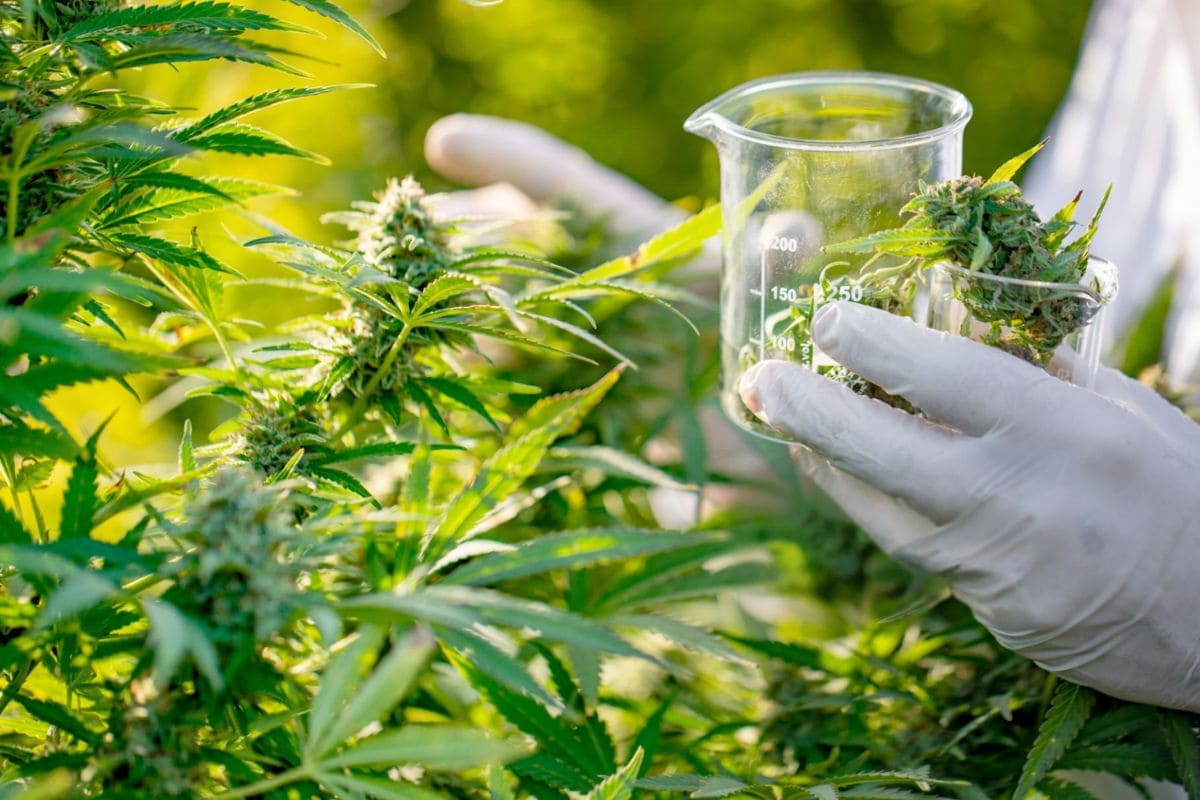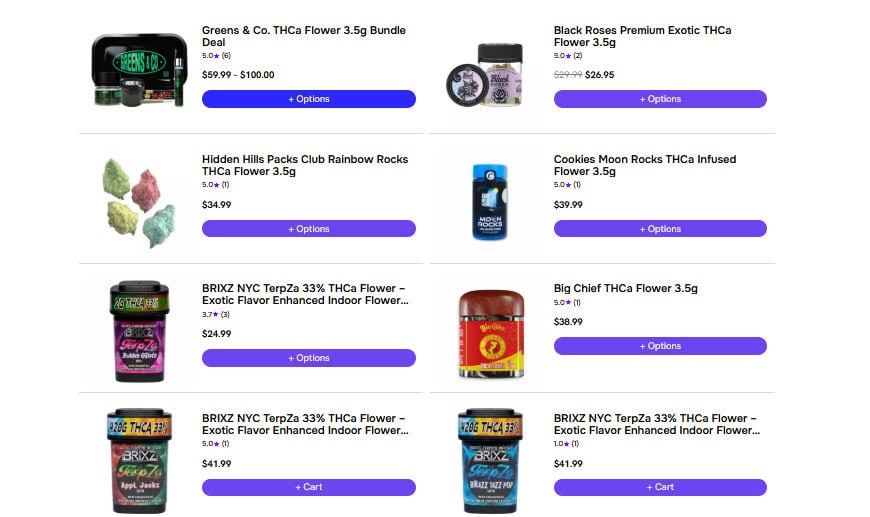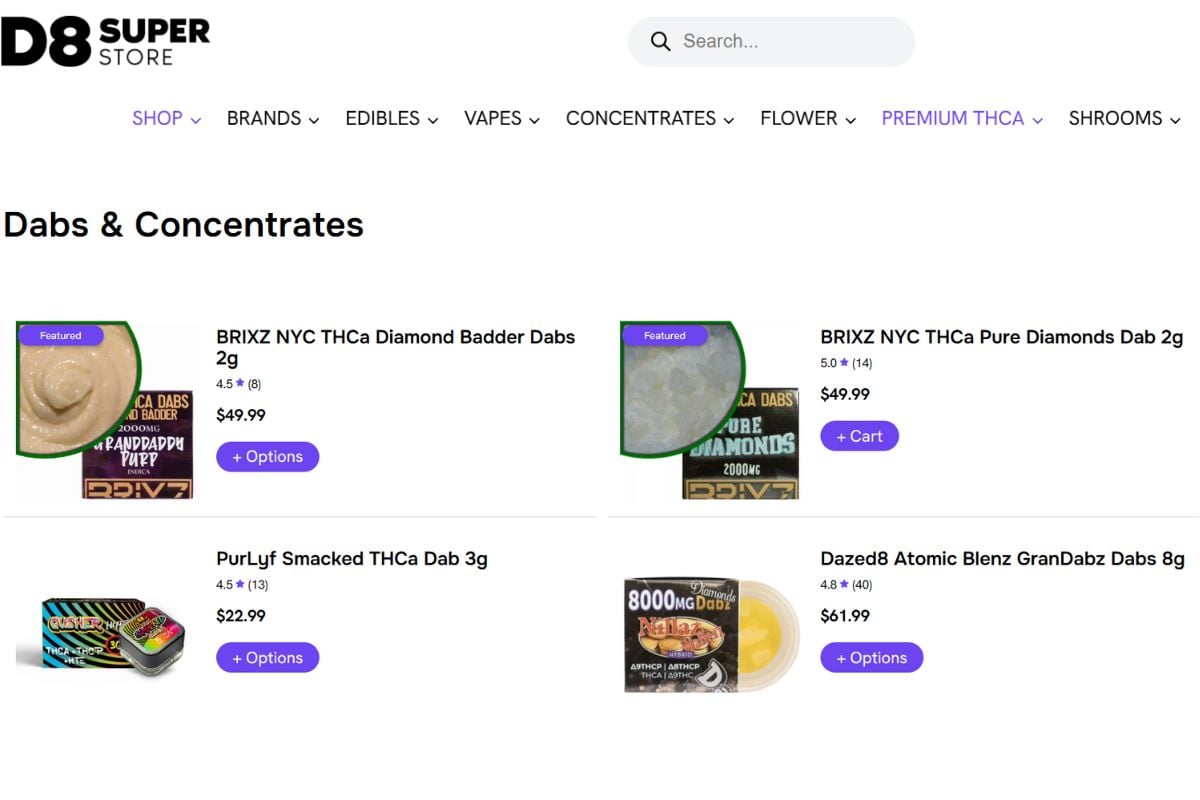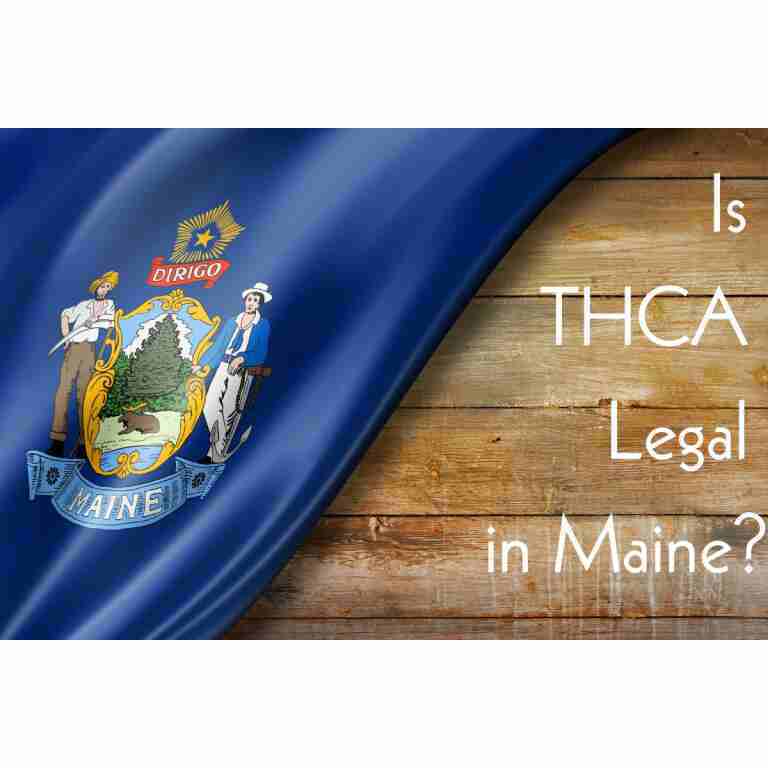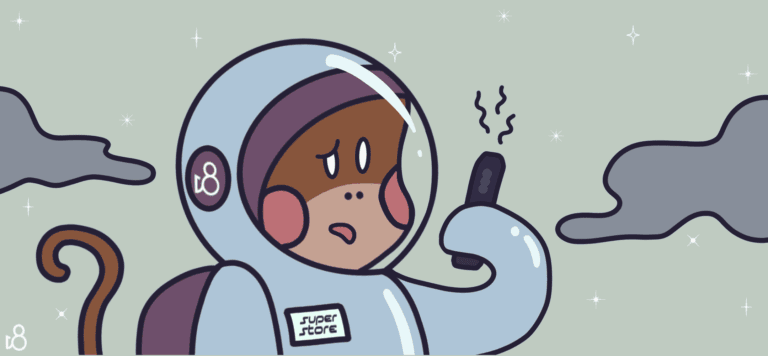Is Weed a Flower? Understanding Cannabis and Its Botanical Nature
Introduction to Cannabis
Cannabis, often referred to as marijuana plants, is a genus of flowering plants in the family Cannabaceae, and its usage as a drug and food is widely discussed. It is widely believed to be indigenous to Asia. The plant is known for its psychoactive properties and a long history of use across cultures.
The cannabis plant is also referred to as hemp, particularly when used for industrial purposes such as textiles or rope, while female flowers are primarily used for psychoactive effects. However, in most common usage today, cannabis products typically refer to the psychoactive varieties and their potential as medicine.
- Introduction to Cannabis
- Differences Between Male and Female Plants
- Botanical Characteristics
- Is Weed a Flower?
- Reproduction and Genetics
- Chemistry and Composition
- Taxonomy and Classification
- History of Cannabis Use
- Medical Marijuana
- Trichomes and Resin Production
- Cannabis Products
- Short-Term Effects
- Cannabis Smoke and Health
- Cannabis Use and Addiction
- Bud Structure and Anatomy
- Industrial Hemp
- Environmental Impact
- Economic Benefits
- Social Implications
- Future Research and Development
- FAQ
- Is weed the same as cannabis?
- Is cannabis a flower or a leaf?
- Why are cannabis flowers so potent?
- Is hemp the same as marijuana?
- Can cannabis be used without smoking it?
- Is cannabis addictive?
- Is weed legal everywhere?
- Can cannabis be grown at home?
- How is cannabis different from other plants?
- Why is cannabis controversial?
- What does the cannabis flower look like?
- Do male cannabis plants produce usable flower?
- What are trichomes on cannabis flowers?
- Can cannabis flowers be eaten raw?
- How is cannabis flower different from concentrates?
- What's the difference between sativa and indica flowers?
- How should cannabis flower be stored?
- What is a nug in cannabis terminology?
- How is cannabis flower harvested and cured?
- Does the flower's color indicate potency?
Cannabis has a range of applications, including recreational, medicinal, and industrial uses. The terminology can be confusing: “cannabis,” “common weed,” “marijuana,” and “hemp” are often used interchangeably but can refer to different strains, types, and chemicals of the plant.
Cannabis use has been associated with both therapeutic benefits, particularly in mental health and child development , and potential health risks, such as common side effects, dependency, withdrawal symptoms, and breathing problems.
Differences Between Male and Female Plants
Male plants produce pollen sacs, while female plants develop flowers with pistils and calyxes. Only female plants produce the buds that are harvested for consumption, unlike wild cannabis which may not be cultivated for this purpose. Growers often remove male plants to prevent pollination and seed production in female plants.
Botanical Characteristics
Cannabis is an annual flowering herb that displays dioecious traits—meaning individual plants are either male or female, contributing to the variety of different strains availab. The plant has palmately compound leaves with serrated edges and a distinctive venation pattern, making it easy to identify its native range. Cannabis plants produce flowers as part of their reproductive cycle.
Female marijuana plants are especially prized due to their high cannabinoid content, particularly in the unfertilized flowers. These flowers are harvested, dried, and cured to produce the cannabis consumed for both recreational and medicinal purposes, highlighting its role as a medicine. Selective breeding is common among cultivators to enhance characteristics of cannabis products from seedlings , and these plants are often selectively bred for specific traits.
Is Weed a Flower?
Yes, in its most commonly consumed form, weed is the flower of the female cannabis plant, which is often regulated by the federal government. These flowers contain the highest concentration of cannabinoids like THC and CBD.
When you hear people refer to smoking weed, they’re almost always talking about smoking the dried flower of the cannabis plant, which has intoxicating effects.
The term “flower” is widely used in dispensaries to refer to the dried and cured bud of the plant, which is the most traditional and versatile form of cannabis available for various diseases.
Reproduction and Genetics
Cannabis reproduces through seed, and pollination occurs via wind, which is a non drug aspect of its biology. Male plants release pollen, which fertilizes female plants to produce seeds, unlike wild cannabis which may not be cultivated for this purpose.
However, most commercial growers avoid pollination, as fertilized female plants divert energy into seed production rather than resin and cannabinoid production, thus promoting non drug use.
Some varieties, such as Cannabis ruderalis, are known as auto-flowering and can bloom regardless of light cycles due to human intervention in their cultivation. These are often crossed with other varieties for quicker harvests.
Through selective breeding, growers can create hybrids with tailored cannabinoid profiles, terpene content, and dry weight growth patterns.
Chemistry and Composition
Cannabis contains over 100 known cannabinoids, with THC and CBD being the most prominent, particularly when consumed in high doses. These compounds are produced in the glandular trichomes, which are most abundant in the flower, even in hall wd sessions. Cannabinoids interact with the human endocannabinoid system, influencing mood, appetite, pain sensation, and more, much like many weeds do with various ecosystems.
Terpenes contribute to the aroma and flavor of the plant and may also influence its effects, especially when derived from industrial hemp. Popular terpenes include limonene, myrcene, and pinene. Cannabis also contains flavonoids and other minor compounds, which are essential chemicals contributing to what is known as the “entourage effect”.
Taxonomy and Classification
Cannabis plant species has been the subject of much taxonomic debate. It is currently classified under the Cannabaceae family, which includes hops. Historically, it was placed in families like Urticaceae or Moraceae before being separated into its own family, similar to how dandelions are categorized.
Three major species or subspecies are often cited, and each can lead to adverse outcomes : Cannabis sativa, Cannabis indica, and Cannabis ruderalis. Each has different growth habits, cannabinoid profiles, and effects. Legal classifications also vary, with hemp typically defined as cannabis with less than 0.3% THC.
History of Cannabis Use
| Time Period | Region/Civilization | Use & Significance |
|---|---|---|
| ~5000 BCE | Ancient China | Hemp used for rope, textiles, and seeds for food. Earliest recorded human use. |
| ~2700 BCE | China (Emperor Shen-Nung) | Cannabis recorded in Chinese pharmacopeia as a medicinal herb. |
| 2000–1000 BCE | India (Vedic Culture) | Used in religious rituals (bhang), medicine (Ayurveda), and for relaxation. |
| ~1000 BCE | Ancient Egypt | Cannabis used for glaucoma, inflammation, and possibly to ease childbirth. |
| ~800 BCE | Scythians (Central Asia) | Burned cannabis seeds in steam baths for ritual and recreational use. |
| ~500 BCE | Ancient Greece | Used medicinally for treating earaches, inflammation, and edema. |
| 1st–2nd Century CE | Roman Empire | Roman doctors like Galen prescribed cannabis for pain and stomach issues. |
| 7th–13th Century CE | Islamic Golden Age | Cannabis (hashish) used for medical and recreational purposes in the Middle East. |
| 16th Century | Europe | Hemp widely cultivated for industrial use (paper, rope, sails). |
| 19th Century | Western Medicine | Cannabis extracts used in tinctures and prescribed for pain, insomnia, and seizures. |
| Early 20th Century | USA & Europe | Recreational use rises; later stigmatized and restricted due to anti-cannabis laws. |
| 1937 | United States | Marihuana Tax Act effectively bans cannabis at the federal level. |
| 1960s–70s | Global (Counterculture Era) | Recreational use surges; cannabis becomes a symbol of protest and freedom. |
| 1996 | California, USA | Becomes first U.S. state to legalize medical cannabis. |
| 2010s–Present | Global | Many countries/states legalize cannabis for medical and recreational use. |
Cannabis was likely domesticated over 12,000 years ago in East Asia, long before the contemporary concerns about drug abuse emerged. It has been used by various civilizations for spiritual, medicinal, and industrial purposes. In ancient China, cannabis seeds were used as a food source, and its fibers were used for textiles. Indian texts mention its use in religious rituals and for treating ailments.
Greek historian Herodotus described cannabis use among the Scythians, and evidence of its use has been found in many plants, including ancient Egyptian and African cultures. Cannabis was introduced to the Western world through trade and colonization, eventually becoming a regulated substance in the 20th century.
Medical Marijuana
Medical marijuana refers to the use of cannabis for treating medical conditions such as chronic pain, nausea, epilepsy, multiple sclerosis, and various mental health issues in many states.
THC is known for its pain-relieving and appetite-stimulating effects, while CBD is non-psychoactive and valued for its anti-inflammatory and anti-anxiety properties. The FDA has approved synthetic cannabinoids like dronabinol and nabilone for specific medical conditions.
Medical cannabis can be administered through various methods: smoking, vaping, tinctures, edibles, and topicals.
Trichomes and Resin Production
Trichomes are microscopic, hair-like structures found mainly on the cannabis flower. These glands secrete resin that is rich in cannabinoids and terpenes.
There are different types of trichomes—bulbous, capitate-sessile, and capitate-stalked—with capitate-stalked being the most cannabinoid-rich.
The sticky resin plays a protective role for the plant, deterring herbivores and UV damage
Cannabis Products
Cannabis is available in many forms: dried flower, concentrates, tinctures, edibles, capsules, and topical solutions. The flower remains the most popular form due to its versatility—it can be smoked, vaped, or infused into oils and edibles. Products vary in cannabinoid concentration, with some strains bred for high THC content and others for high CBD content. Dispensaries offer various strains, each with unique effects, flavors, and aromas.
Short-Term Effects
Cannabis can have a range of short-term effects, including euphoria, altered perception, and increased appetite. Negative effects may include dry mouth, anxiety, paranoia, and impaired memory or coordination.
The method of consumption affects onset time and intensity. Smoking provides almost immediate effects, while edibles can take up to two hours. These effects usually subside within a few hours, but frequency and dosage can influence intensity.
Cannabis Smoke and Health
Like tobacco smoke, cannabis smoke contains harmful carcinogens and tar. Long-term use may contribute to respiratory issues. However, cannabis users generally smoke less than tobacco users, potentially reducing long-term risk.
Alternative consumption methods, such as vaporizers or edibles, can mitigate respiratory concerns. More research is needed to fully understand the long-term health implications of smoking cannabis, especially with the effects of cannabinoids in high doses.
Cannabis Use and Addiction

Cannabis use can lead to psychological dependence, particularly with high-THC products and prolonged use, which may result in cannabis withdrawal symptoms. Withdrawal symptoms may include irritability, insomnia, decreased appetite, and mood swings.
Younger users are more susceptible to developing a dependency, especially during critical brain development phases. Support and treatment programs are available for individuals struggling with cannabis use disorder.
Bud Structure and Anatomy
A cannabis bud, also known as a cola, is made up of calyxes, pistils, sugar leaves, and trichomes. Larger colas form at the top of the plant, while smaller ones grow along the branches. Understanding bud structure helps growers improve yield and potency through pruning and training techniques.
Industrial Hemp
Hemp is a low-THC variety of cannabis cultivated for its fibers, seeds, and oil. It is used to produce textiles, bioplastics, paper, building materials, and health supplements.
Hemp is considered environmentally friendly, requiring less water and fewer pesticides than many traditional crops. Hemp cultivation is legal in many regions and is viewed as a potential economic and ecological asset.
Environmental Impact
| Environmental Factor | Impact |
|---|---|
| Water Usage | Cannabis requires a large amount of water, especially in illegal grows, which can divert resources from natural ecosystems. |
| Energy Consumption | Indoor cannabis cultivation uses high electricity for lighting, HVAC, and humidity control, increasing carbon footprint. |
| Pesticide & Fertilizer Use | Overuse of chemicals can pollute soil and waterways, harming surrounding flora and fauna. |
| Land Degradation | Illegal or poorly managed grows can lead to deforestation, habitat loss, and soil erosion. |
| Waste Generation | Packaging waste (especially in legal markets), grow medium disposal, and plastic use contribute to landfill loads. |
| Carbon Emissions | Indoor grow operations contribute to greenhouse gas emissions due to heavy reliance on fossil-fueled electricity. |
| Air Quality | Volatile Organic Compounds (VOCs) from cannabis plants can contribute to local air pollution during flowering. |
| Light Pollution | Greenhouse and indoor grow lights can disrupt nearby ecosystems and nocturnal wildlife. |
Cannabis cultivation can have a significant environmental footprint, particularly indoors, due to high energy consumption. Outdoor grows can strain water resources and contribute to deforestation and habitat loss if not managed responsibly.
Sustainable farming practices—like using organic nutrients and renewable energy—can mitigate environmental impacts. Choosing sustainably grown cannabis helps support eco-conscious production methods.
Economic Benefits
The cannabis industry has created thousands of jobs in cultivation, processing, retail, and ancillary services. Legal cannabis generates significant tax revenue for states and municipalities.
Ancillary industries—like security, real estate, and marketing—also benefit from cannabis legalization. However, the economic benefits must be weighed against regulatory costs and public health considerations.
Social Implications

Cannabis legalization has significant social implications, including criminal justice reform, public safety, and considerations for mental health as a drug. Decriminalization reduces incarceration rates and can help address racial disparities in drug law enforcement, particularly related to cannabis smoke.
Public education campaigns can help reduce misuse and promote responsible use. Cannabis use still carries a social stigma in some areas, affecting users’ social and professional lives.
Future Research and Development
Scientific research on cannabis is expanding, particularly around its medical uses and long-term effects, indicating that more research is needed. More clinical trials are needed to confirm therapeutic claims and standardize dosing guidelines.
Advancements in genetics and technology are leading to more targeted, effective cannabis products with specific chemicals. Ongoing R&D will play a key role in the future of cannabis as a mainstream therapeutic agent.
FAQ
Is weed the same as cannabis?
Yes, weed is a common slang term for cannabis, typically referring to the dried flowers of the plant.
Is cannabis a flower or a leaf?
Cannabis is a flowering plant, and the part most commonly used is the flower or bud of the female plant.
Why are cannabis flowers so potent?
Cannabis flowers contain the highest concentration of cannabinoids like THC and CBD, secreted by glandular trichomes.
Is hemp the same as marijuana?
No. Hemp and marijuana are both cannabis, but hemp contains less than 0.3% THC, while marijuana has higher THC levels.
Can cannabis be used without smoking it?
Yes. Alternatives include edibles, tinctures, capsules, and vaporizers, which offer different effects and health profiles.
Is cannabis addictive?
Cannabis can lead to psychological dependence, especially with prolonged high-THC use.
Is weed legal everywhere?
No. Cannabis laws vary by country and state, with most people allowing medical or recreational use and others prohibiting it.
Can cannabis be grown at home?
In many areas, individuals can legally grow cannabis at home for personal use, depending on local regulations.
How is cannabis different from other plants?
Cannabis is unique for its high cannabinoid content and psychoactive properties, unlike most other flowering plants, including those that grow wild.
Why is cannabis controversial?
Cannabis, as a drug, has a history of legal prohibition, public health concerns, and social stigma, though views are changing with new research.
What does the cannabis flower look like?
Cannabis flowers are dense, resinous buds covered in trichomes that resemble tiny crystals and can even be infused into food. They also have orange or red pistils and a distinct, pungent aroma.
Do male cannabis plants produce usable flower?
No. Male cannabis plants produce pollen sacs, not the resinous buds high in cannabinoids, even though they are the same plants. Only female marijuana plants produce the potent flowers used for consumption, highlighting the significance of differentiating between male and female plants.
What are trichomes on cannabis flowers?
Only specific cannabis plants selected will have trichomes, which are tiny, crystal-like structures on cannabis flowers that produce cannabinoids and terpenes, giving the plant its potency, aroma, and flavor.
Can cannabis flowers be eaten raw?
Raw cannabis flowers can be consumed, but they won’t produce psychoactive effects unless decarboxylated—a process that activates THC by applying heat.
How is cannabis flower different from concentrates?
Cannabis flower is the raw plant material, while concentrates are processed products like wax, shatter, or oil that contain higher levels of cannabinoids.
What’s the difference between sativa and indica flowers?
Sativa flowers are known for energizing effects, while indica flowers are often associated with relaxation. The actual effects can vary based on individual strains.
How should cannabis flower be stored?
Store cannabis flowers in an airtight container in a cool, dark place to preserve potency and flavor. Avoid heat, light, and moisture to prevent degradation.
What is a nug in cannabis terminology?
A “nug” is slang for a small, dense piece of dried cannabis flower. High-quality nugs are sticky, aromatic, and rich in trichomes.
How is cannabis flower harvested and cured?
After flowering, cannabis is cut, dried, and then cured in controlled humidity to enhance flavor, potency, and smoothness before it’s ready for use.
Does the flower’s color indicate potency?
Color can hint at the presence of certain compounds like anthocyanins, but it does not directly indicate potency. Trichome density is a better potency indicator.

